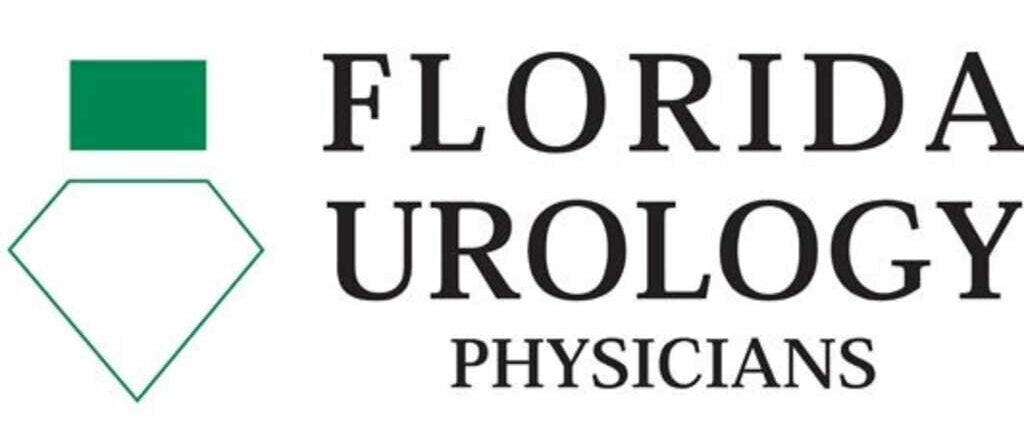Researchers Identify Male Menopause Symptoms

June 17, 2010 — European researchers have identified physical and psychological symptoms that along with a decreased testosterone level can help diagnose “male menopause.”
Male menopause, known clinically as late-onset hypogonadism, refers to a drop in testosterone levels, which sometimes occurs as men age. Although all women experience menopause (a significant decline of estrogen) as they age, only a small number of aging men have male menopause. The study appears in the June 17 issue of The New England Journal of Medicine.
In this study, researchers from the Development and Regenerative Biomedicine Research Group at the University of Manchester in England suggest that about 2% of elderly men enrolled in the European Male Aging Study may have male menopause. The UK team based their findings on a random sampling of men participating in the European Male Aging Study. Their sampling included 3,369 men between the ages 40 and 79 who came from eight European centers.
Study researcher Frederick C. W. Wu, MD, and his colleagues surveyed the men about their physical, sexual, and psychological health. Morning blood samples were collected to assess testosterone levels. Men with pituitary or testicular diseases were excluded from the study.
Wu and colleagues identified three key symptoms related to sexual health that were associated with a decreased testosterone level and contributing to a male menopause diagnosis — erectile dysfunction, reduced sex drive, and decreased frequency of morning erection. Six non-sexual symptoms were also identified as possibly contributing to a male menopause diagnosis. The three physical symptoms were: difficulty in engaging in vigorous physical activity, inability to walk one kilometer, and inability to bend or stoop. The three psychological symptoms were: low energy, feeling sad, and fatigue. However, the researchers noted the physical and psychological symptoms were not as strongly associated to low testosterone levels as the three sexual symptoms.
Overall, 2.1% of study group participants had testosterone levels and at least three sexual symptoms associated with criteria for late-onset hypogonadism. Researchers reported the prevalence of hypogonadism would likely increase with age; from 0.1% for men aged 40 to 49 to 0.6% for men aged 50 to 59, to 3.2% for men aged 60 to 69, and to 5.1% for men aged 70 to 79. The study also showed that men who had male menopause were more likely to have other health problems, such as being obese.
The findings, Wu said, could help doctors identify who is at risk for male menopause and who could benefit from testosterone-replacement therapy.
"The diagnosis of classical hypogonadism is corroborated by underlying diseases affecting the testes or pituitary gland, which controls testicular function, but this well-practiced diagnostic approach is frequently found wanting when dealing with the age-related decline of testosterone in elderly men who are prone to have a significant background of non-hormone-related complaints," Wu said. "Our findings have for the first time identified the key symptoms of late-onset hypogonadism and suggest that testosterone treatment may only be useful in a relatively small number of cases where androgen deficiency is suspected, since many candidate symptoms of classic hypogonadism were not associated with decreased testosterone levels in older men."
Wu and his team noted that the differences in testosterone levels between men with symptoms and men without “were marginal, highlighting the weak overall association between symptoms and testosterone levels.” Researchers also pointed out that their data collection about the patients’ symptoms were based on the patients’ recall, so there could be a potential bias.
Wu said there is a risk of overdiagnosing male menopause, a condition some critics say is just a part of the natural aging process and not a medical condition at all. It is estimated that hormone therapy has increased by 400% in the United States since 1999, though this spike in treatment has not been observed in other countries.
"The application of these new criteria should guard against the excessive diagnosis of hypogonadism and curb the unwise use of testosterone therapy in older men,” Wu said.
A U.S. study published last month in the International Journal of Clinical Practice reported a high prevalence of hypogonadism among older men and projected that this figure would increase given the fact that men are living longer into old age. The article also reported an association between male menopause and other chronic health problems, including obesity, type 2 diabetes, high blood pressure, osteoporosis, and metabolic syndrome, an endocrine disorder that can increase the risk of diabetes, heart disease, and stroke.
Christopher Saigal MD, MPH, an associate professor of urology at the University of California, Los Angeles, said one of the strengths of the study is that it is a general population study that is not focused on men seeking care for urology problems, such as erectile dysfunction.
“Many of the complaints ascribed to having ‘low testosterone’ seem as likely to be found in men with normal testosterone,” Saigal tells WebMD via email. “The authors found that some sexual symptoms and a lower self-reported vitality were consistently associated with low testosterone levels.”
Saigal said that it’s known that circulating testosterone decreases by about 1% per year in men after age 30, but whether this decline causes risks to one’s health or whether testosterone therapy would be beneficial or induce risk remains unknown.
“We still don’t know how effective supplementation will be at ameliorating these, or the long-term risks of the medication, but we now have an evidence-based definition of men who might be helped,” Saigal said. “They must have specific symptoms as well as properly collected blood tests.”
"This article raises more questions than it answers," says Natan Bar-Chama, MD, associate professor of urology and associate professor of obstetrics, gynecology and reproductive science at The Mount Sinai Medical Center in New York City.
"It is essentially a statistical exercise with, in my opinion, limited clinical implications … Firstly, clear guidelines by the endocrine society exist and have been recently updated to diagnose hypogonadism (total testosterone of <300 ng /dl),” Bar-Chama says. “Is the linkage between fewer morning erections, fewer sexual thoughts — reflecting a reduced sex drive — and impotence with hypogonadism newsworthy? We have known this since testosterone was discovered. Furthermore one may draw the incorrect conclusion, which is that by treating hypogonadism one would effectively cure erectile dysfunction.”



